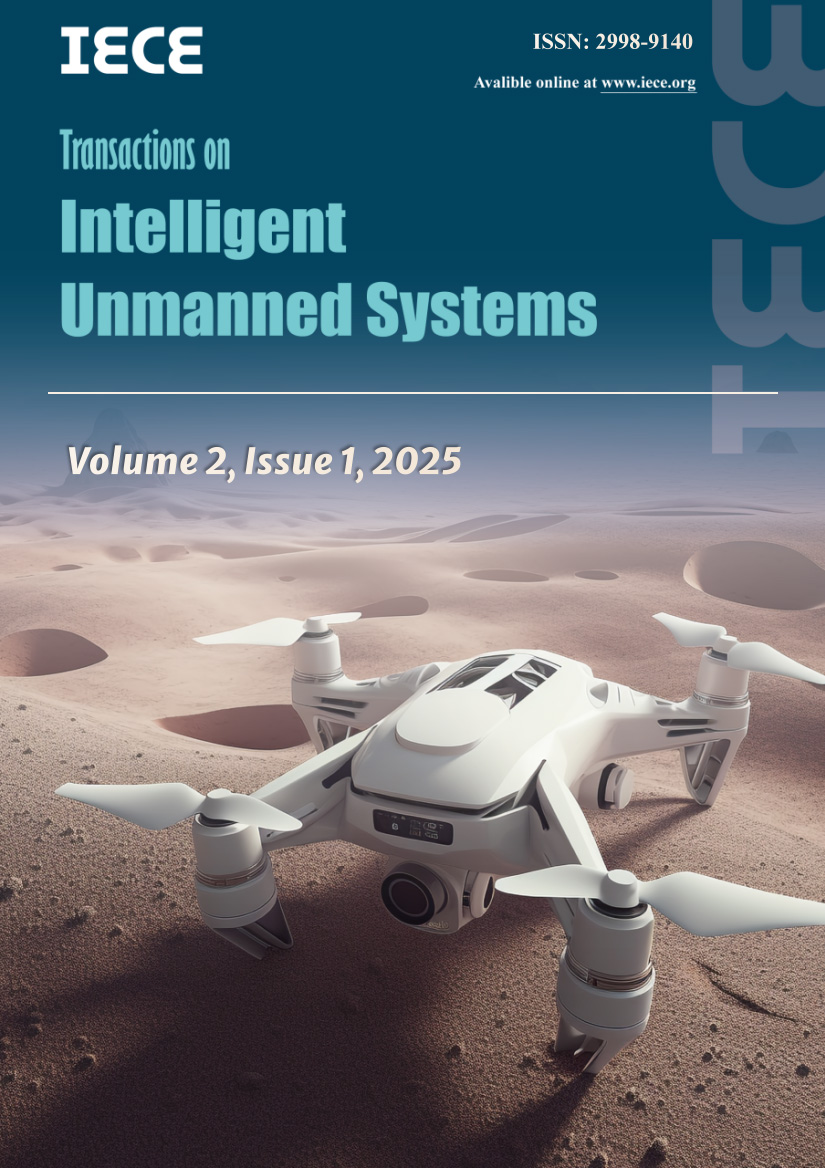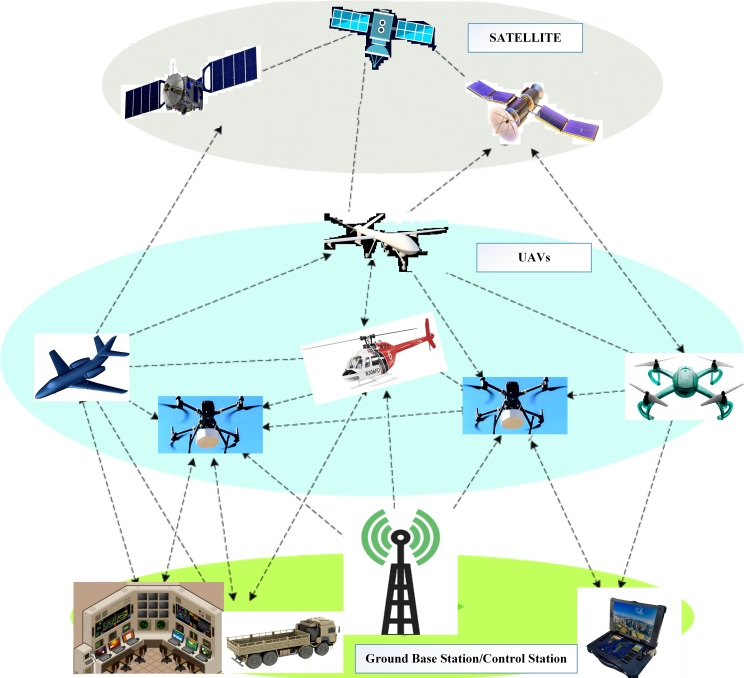Abstract
The proliferation of Unmanned Aerial Vehicles (UAVs) in Flying Ad-Hoc Networks (FANETs) has brought about significant advancements in applications such as surveillance, search and rescue, and environmental monitoring. However, the unique characteristics of UAV networks, including high mobility, limited energy resources, and the need for low-latency communication, pose substantial challenges for efficient and reliable communication. As a result, the design of routing protocols that can effectively manage energy consumption and reduce transmission delays has become a critical area of research. In FANETs, energy efficiency and delay minimization are two key concerns that directly affect the performance and lifetime of the network. UAVs typically operate on battery power, making energy consumption a major limiting factor in network longevity. Simultaneously, the dynamic nature of UAV networks leads to fluctuating communication delays, which can severely impact the quality of service, especially for real-time applications. Existing routing protocols often fail to simultaneously optimize both energy and delay, leading to suboptimal performance in terms of network lifetime and communication efficiency. To address these issues, we propose the Delay and Energy Aware Routing (DEAR) protocol, a novel approach that simultaneously considers both energy consumption and end-to-end delay in its routing decisions. DEAR optimizes the selection of paths based on the energy levels of UAVs and the required delay thresholds, ensuring efficient data transmission while extending the operational life of the network. The protocol was evaluated through extensive simulations, comparing it with state-of-the-art protocols such as DLSA, Co-DLSA, IEE-DLSA, and LSTDA. The results show that DEAR outperforms these protocols in critical metrics such as Packet Delivery Ratio (PDR), Throughput, Network Lifetime, and Residual Energy, demonstrating its effectiveness in enhancing the overall performance of UAV networks. By improving energy efficiency and reducing delays, DEAR offers a promising solution for next-generation UAV communication networks.
Data Availability Statement
Data will be made available on request.
Funding
This study was supported in part by the Chongqing Natural Science Foundation Innovation and Development Joint Foundation under Grant CSTB2024NSCQ-LZX0035; in part by the Science and Technology Research Project of Chongqing Education Commission under Grant KJZD-M202300605; in part by the New Chongqing Youth Innovation Talent Plan under Grant CSTB2024NSCQ-QCXMX0053; in part by the Special general project for Chongqing’s technological innovation and application development under Grant CSTB2022TIAD-GPX0028, Grant CSTB2024TIAD-KPX0101, and Grant CSTB2024TIAD-KPX0027; in part by the Nanning "Yongjiang Plan" Youth Talent Project under Grant RC20230107; in part by the Chongqing Research Institution Performance Incentive Guidance Special Project under Grant CSTB2023JXJL-YFX0013.
Conflicts of Interest
The authors declare no conflicts of interest.
Ethical Approval and Consent to Participate
Not applicable.
Cite This Article
APA Style
Hussain, A., & Ahmad, W. (2025). Delay and Energy Aware Routing (DEAR) Protocol for UAV Networks. ICCK Transactions on Intelligent Unmanned Systems, 2(1), 1–14. https://doi.org/10.62762/TIUS.2024.271748
Publisher's Note
ICCK stays neutral with regard to jurisdictional claims in published maps and institutional affiliations.
Rights and permissions
Institute of Central Computation and Knowledge (ICCK) or its licensor (e.g. a society or other partner) holds exclusive rights to this article under a publishing agreement with the author(s) or other rightsholder(s); author self-archiving of the accepted manuscript version of this article is solely governed by the terms of such publishing agreement and applicable law.


 Submit Manuscript
Edit a Special Issue
Submit Manuscript
Edit a Special Issue

